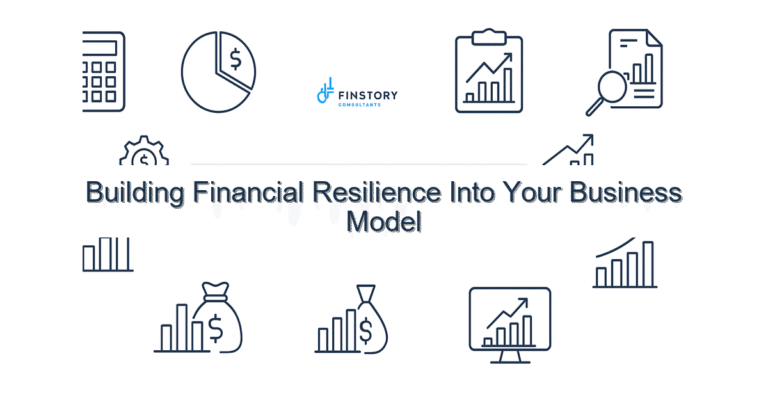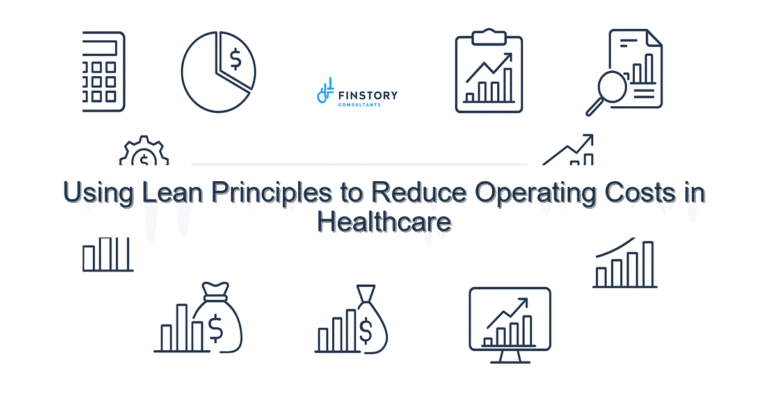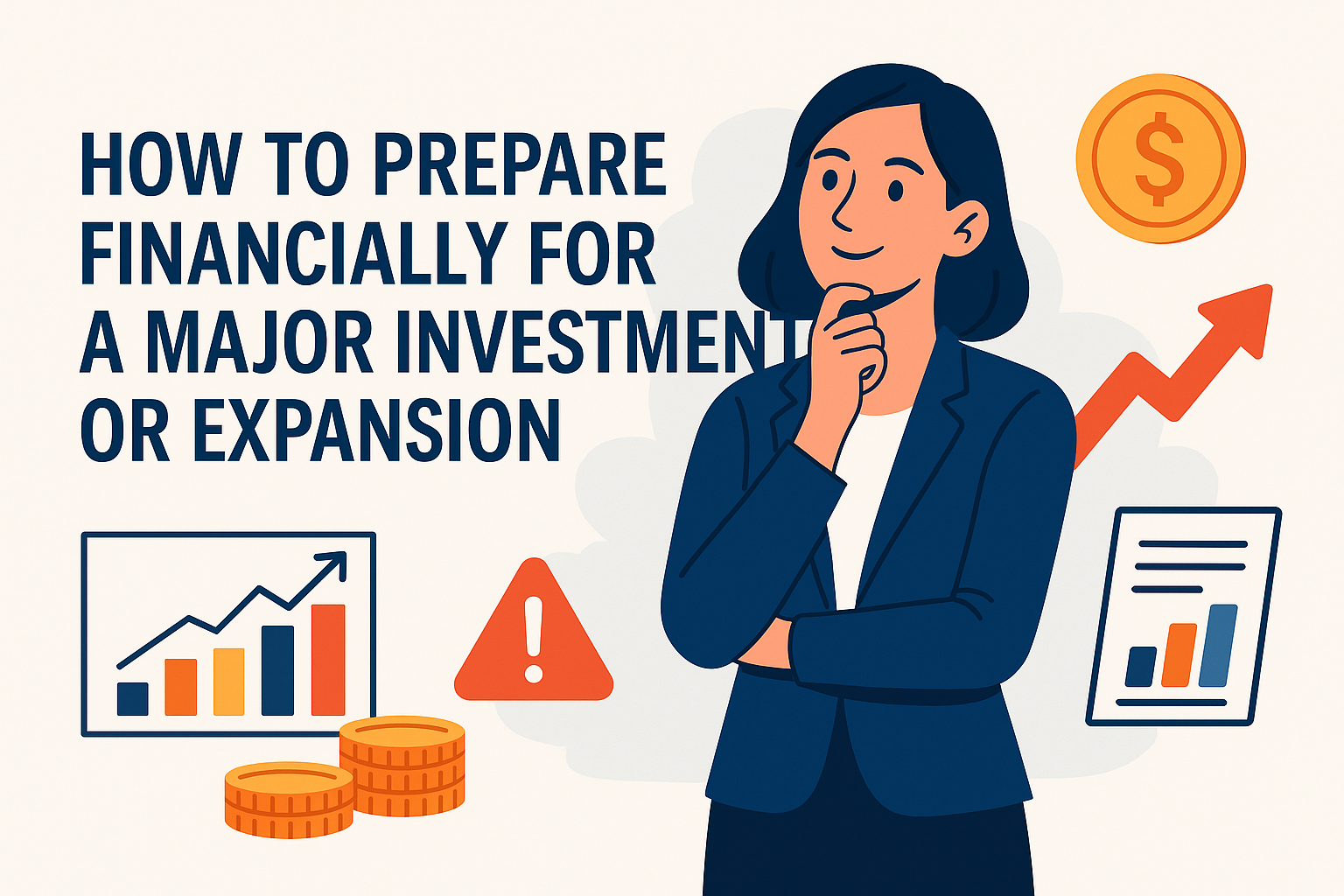The Top Financial KPIs Every Business Should Track
Picture this: two businesses hit $2 million in annual sales. One thrives, expanding steadily. The other struggles to pay bills and wonders where the cash went. The difference often lies not in how much they sell—but in how closely they track the right financial numbers.
If you’re a business owner or founder, understanding your financial Key Performance Indicators (KPIs) isn’t just “finance stuff.” It’s how you steer your company toward profit and sustainability. Let’s explore some of the top financial KPIs you should keep an eye on—and how they connect to the real world of running a business.
Revenue vs. Profit: Don’t Stop at the Top Line
Revenue is the total money coming into your business. It’s important—but it’s only part of the story.
Take Sarah, who runs an online home décor brand. Last year, her sales hit $1.2 million. She was thrilled… until her accountant showed her net profit was barely $30,000. Costs like shipping, returns, and marketing were eating away at her earnings.
Track these two KPIs:
- Gross Profit Margin – Measures how much money you keep after covering the cost of producing your goods or services. Formula:
(Revenue – Cost of Goods Sold) ÷ Revenue × 100 - Net Profit Margin – Shows what’s left after all expenses, including salaries, rent, taxes, and interest. Formula:
(Net Profit ÷ Revenue) × 100
Sarah started reviewing her gross and net margins monthly. She found cheaper packaging solutions and negotiated lower shipping rates, boosting her net margin to 8%. That’s real money in her pocket.
Cash Flow: The Lifeline of Your Business
You’ve probably heard the phrase “Cash is king.” Here’s why: profit on paper doesn’t always mean cash in the bank.
Consider Mike, a marketing consultant. He billed $50,000 in January but didn’t collect payment until April. Meanwhile, payroll and rent still needed to be paid. Without cash on hand, he had to dip into his personal savings.
A few KPIs to watch:
- Cash Flow from Operations – Tracks cash coming in and going out from your core business activities.
- Days Sales Outstanding (DSO) – Measures how long it takes to collect customer payments. A lower DSO means faster cash flow.
Mike tightened his contracts to shorten payment terms and started sending friendly reminders before invoices were due. His DSO dropped from 75 days to 40, easing his cash crunch.
Managing Debt and Liquidity
Growth often requires borrowing, but too much debt can become a weight around your neck.
Key ratios to check:
- Current Ratio – Tells you if your short-term assets can cover your short-term debts. A ratio above 1 is generally healthy.
- Debt-to-Equity Ratio – Shows how much you’re financing your business with debt versus your own funds.
Suppose you’re planning to expand. Lenders and investors will look at these numbers to decide if you’re a safe bet. Keeping them in good shape can open doors to better financing terms.
Efficiency: Make Your Money Work Harder
KPIs also help you see how well you’re using your resources.
For example:
- Inventory Turnover – How quickly you sell your inventory. Slow turnover ties up cash and raises storage costs.
- Return on Assets (ROA) – Measures how efficiently your business generates profit from everything it owns.
A Virtual CFO recently helped a client in the wholesale food business analyze slow-moving inventory. By adjusting purchasing schedules and discounting older stock, they freed up $150,000 in cash flow within three months.
How a Virtual CFO Can Help
Tracking KPIs is powerful—but interpreting the story behind the numbers is where the magic happens. A Virtual CFO can help you:
✅ Identify which KPIs truly matter for your business model
✅ Build dashboards that make numbers easy to understand
✅ Spot problems early and help you take action
Instead of getting lost in spreadsheets, you can focus on leading your business while staying confident about your financial health.
Your Next Step
If you’re only glancing at revenue and bank balances, it’s time to dig deeper. Which KPIs could help you spot hidden leaks or unlock new growth?
Start by choosing three metrics from this list to track consistently over the next quarter. Or, if you’re feeling overwhelmed, consider partnering with a Virtual CFO to guide you through it.
Your numbers shouldn’t be a mystery—they should be your secret weapon.






